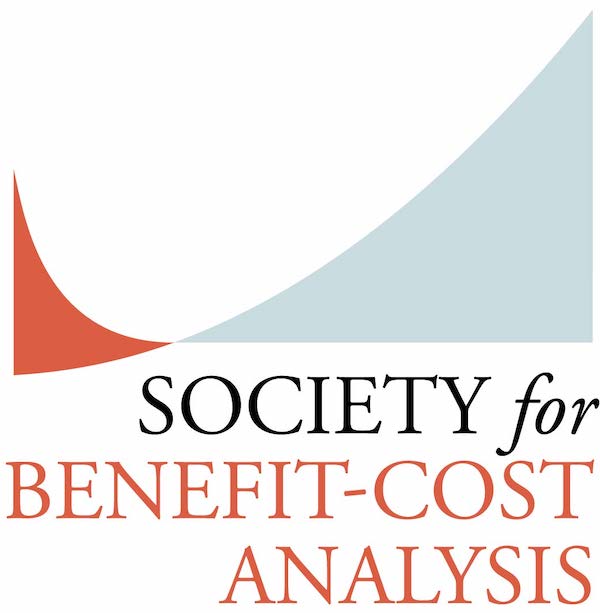 The proposed revisions to Circular A-4 recently put forward by the Office of Information and Regulatory Affairs include guidance on applying what are referred to as "distributional weights." Costs and benefits to households and individuals with lower income are multiplied by a number greater than one, while those to households and individuals with higher income are multiplied by a number less than one. In the public comments on the proposed revisions, a number of criticisms of distributional weighting have been put forth, including:
The proposed revisions to Circular A-4 recently put forward by the Office of Information and Regulatory Affairs include guidance on applying what are referred to as "distributional weights." Costs and benefits to households and individuals with lower income are multiplied by a number greater than one, while those to households and individuals with higher income are multiplied by a number less than one. In the public comments on the proposed revisions, a number of criticisms of distributional weighting have been put forth, including:
- Distributional weighting conflates information about welfare with information about equity, undermining transparency.
- Distributional weighting introduces subjective value judgments into BCA;
- Distributional weighting puts a finger on the scale.
In our paper (Acland and Greenberg, 2023), we explicitly recommend that distributional weighting of the sort presented in the proposed revisions be adopted by federal agencies. As such, we feel that some clarification of our position is in order, in the hope that these criticisms may be better understood and laid to rest.

 Regulations to improve air quality, save energy, or reduce climate risks account for the largest share of benefits and costs of the US regulatory program. We address the economic methods for evaluating this class of regulations in
Regulations to improve air quality, save energy, or reduce climate risks account for the largest share of benefits and costs of the US regulatory program. We address the economic methods for evaluating this class of regulations in